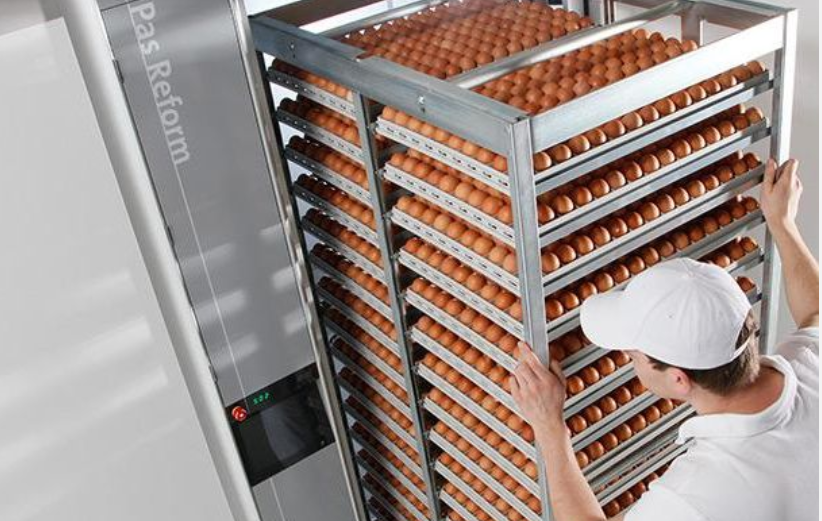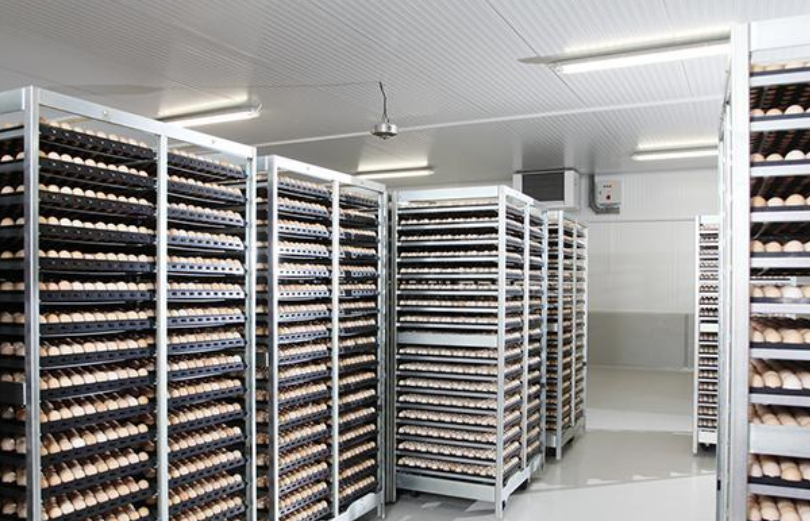



Lessening the impact of prolonged hatching egg storage due to Covid-19
The current Covid-19 pandemic is causing widespread market disruptions.
While some countries are much worse affected than others, global demand for poultry meat has dropped as restaurants and fast-food chains have been closed. Some governments have banned imports of poultry meat to protect their country's internal market and processing plants are calling for a reduction in chick placements of 15–25 percent in an attempt to stabilise the market. In addition, the closure of many traditional wet markets is having a dramatic effect on the poultry sector in less developed countries.
In the meantime ...
Although it is hard to predict the situation ten weeks from now (the time it takes between a hatching egg being laid and broiler meat reaching the market), in anticipation of the situation continuing, several hatcheries have reduced the number of eggs set. To reduce the supply of hatching eggs to the hatchery, older flocks can be culled earlier and, for younger flocks, forced moulting might be an option. Needless to say, this is not the time to send floor eggs to the hatchery or to be sloppy with egg grading.
When hatching eggs are supplied continuously, each day that they are kept in the storage room adds to the eggs' age. This has a negative impact on hatchability and chick quality once the eggs are set. Below we offer hatchery managers some practical measures for reducing the negative effects of prolonged egg storage.
The consequences of prolonged egg storage
- Reduced internal egg quality: watery albumen and weaker yolk vitelline membrane
- Egg weight loss due to evaporation of water
- Reduced viability of embryo and thus lower hatchability
- Reduced chick quality (especially navel) and strong indications of reduced farm performance
- Longer incubation time
Best practice is to set hatching eggs 2–3 days after laying. Avoid storing eggs for longer than 7 days. If they need to be stored for longer than 10 days, there are some measures available for damage control.
3 tips to minimise the impact of prolonged hatching egg storage
Where prolonged egg storage (beyond 10 days) is the only option, the main aim is to maintain the highest hatch potential. To do this you need to preserve the quality of the albumen and the yolk and, most importantly, the quality and vitality of the embryo, as far as is possible.

Tip 1
- Create optimal storage conditions:
- Be aware of ‘sweating’ when eggs are moved to setter room for incubation or for heat treatment
- Bear in mind that reducing the temperature of an egg storage room on a breeder farm might not be a good idea!
Tip 2
- Store eggs sharp-end-up if possible; alternatively turn them 2 – 4x/day as is done during incubation
Tip 3
Why it is sometimes better to cut your losses by selling hatching eggs to the egg industry
The above measures can definitely help to minimise the negative effects of prolonged egg storage, but best results will still be achieved by setting fresh eggs. If – when regular setting at normal capacity commences again – your egg store still contains large numbers of eggs, it is probably better to take the painful decision to get rid of your old stock by passing the eggs on to the egg industry, rather than resigning yourself to sub-optimal hatchability and chick quality.
For more details, read the in-depth article here.








